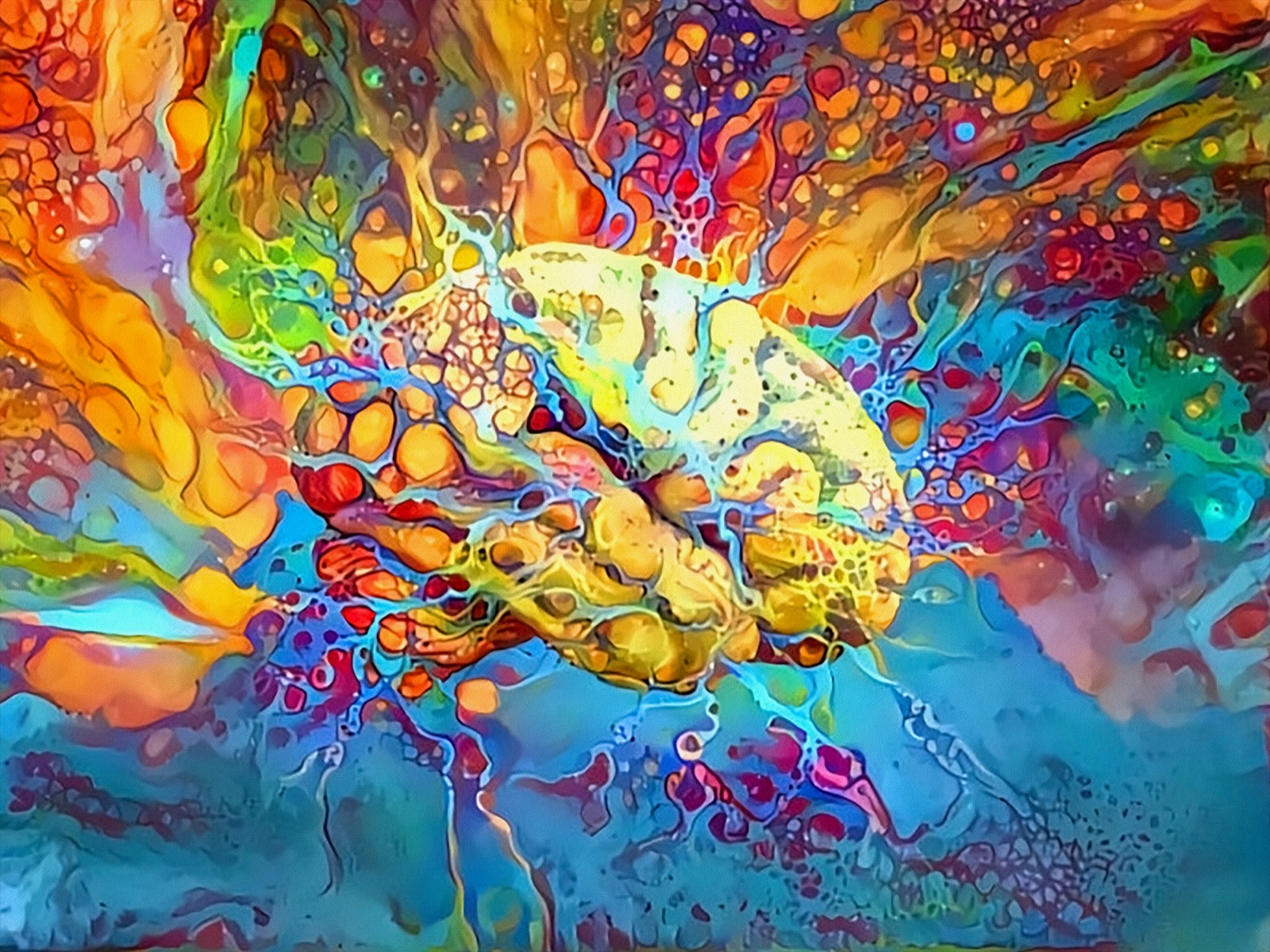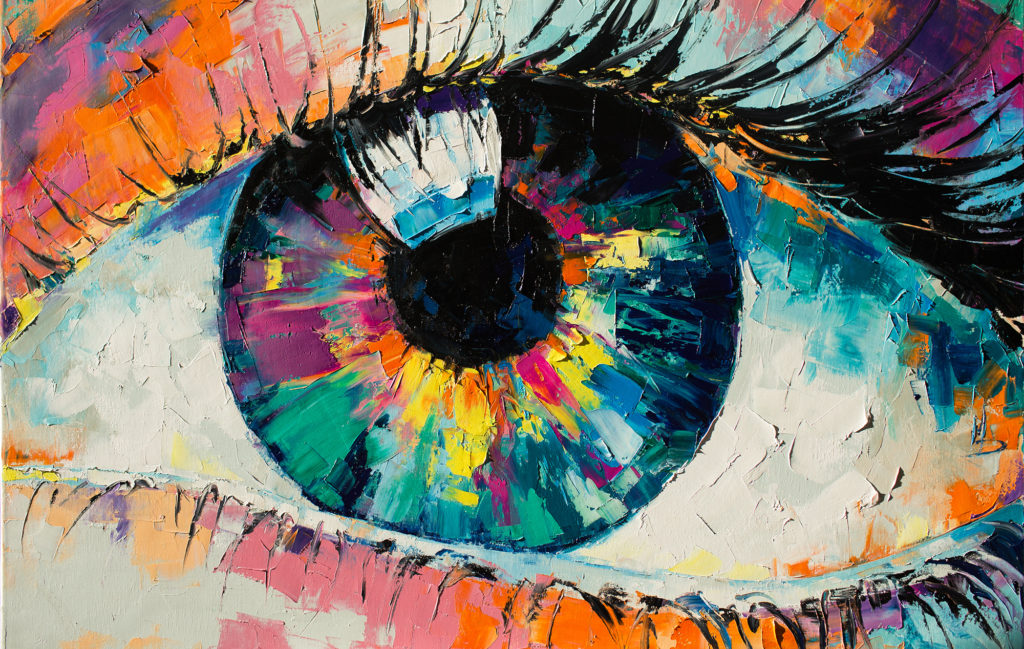Exactly How Trump Art Reflects Modern Political Satire in the Art Globe
Exactly How Trump Art Reflects Modern Political Satire in the Art Globe
Blog Article
Looking Into the Diverse World of Artistic Expression: From Surrealism to Abstract Realism
In the world of imaginative expression, from the dreamlike landscapes of surrealism to the detailed play of light and type in abstract realism, musicians have continually pushed the boundaries of creative thinking and creative imagination. As we explore the multifaceted world of art, we are provided with a tapestry of designs, strategies, and viewpoints that challenge our understanding and provoke reflection.
Surrealism: Unleashing the Subconscious
Surrealism, an avant-garde imaginative movement of the 20th century, delved into the midsts of the subconscious, unveiling a globe of dream-like images and unique associations. Led by musicians like Salvador Dali, René Magritte, and Joan Miró, Surrealism looked for to test the conventional methods of seeing and comprehending art. Through methods such as automatism and dream analysis, Surrealist artists intended to take advantage of the subconscious mind to reveal surprise realities and needs.
One of the crucial elements of Surrealism was the focus on the unreasonable and the incredible. By combining unexpected elements in their jobs, Surrealist artists intended to produce a sense of disorientation and shock in the viewer. This disruption of logic and factor was meant to provoke a much deeper exploration of the subconscious and the mysteries of the human psyche.
Abstract Realism: Redefining Understanding
Challenging typical artistic limits, Abstract Realism redefines assumption with the blend of well-known components with abstract kinds. This innovative strategy to art incorporates the representational precision of realistic look with the creative flexibility of abstraction, offering viewers a special visual experience that motivates them to question their perception of truth.
In Abstract Realistic look, artists make every effort to capture the essence of their topics while likewise infusing their collaborate with a sense of depth and intricacy via abstract aspects. By blending the knowledgeable about the strange, these artists welcome audiences to involve with their items on several levels, urging them to check out the nuances of type, shade, and appearance.

Cubism: Breaking Up Fact
Utilizing fragmented viewpoints and geometric forms, Cubism reinvented the artistic representation of truth in the very early 20th century. Created by Pablo Picasso and Georges Braque, Cubism sought to test conventional concepts of viewpoint and representation. By breaking down items and figures right into geometric shapes and presenting them from several viewpoints all at once, Cubist artists intended to catch the essence of the subject instead than its literal look. This strategy not only deconstructed reality however also highlighted the monotony of the canvas, leading the way for future abstract art motions.

Cubism can be categorized right into two main stages: Analytical Cubism, defined by single color schemes and complex, fragmented types; and Artificial Cubism, which integrated collection aspects and brighter shades right into the make-ups. Through these distinctive phases, Cubism affected not only painting but additionally style, design, and sculpture. trump art. Its impact resounded across the art globe, motivating musicians to discover brand-new ways of analyzing and representing the globe around them
Expressionism: Emotions on Canvas
Exploring the depths of human emotions via dazzling and expressive brushstrokes, Expressionism emerged as a profound creative motion in the very early 20th century. Unlike previous art movements that concentrated on showing the exterior globe, Expressionism explored the inner world of the artist's mind, aiming to stimulate raw feelings and provoke natural responses from visitors.
Expressionist musicians, such as Edvard Munch, Egon investigate this site Schiele, and Emil Nolde, turned down conventional concepts of charm and realistic look in favor of misshaping kind and color to convey subjective feelings. Making use of overstated brushwork, vibrant shades, and altered figures aided develop a sense of unease, alienation, or enthusiasm in their works.
One of one of the most popular examples of Expressionism is Munch's "The Scream," which records the extreme anxiety and despair of contemporary life with its swirling, distorted figure versus a blood-red sky. With their emotionally billed works, Expressionist musicians sought to challenge traditional imaginative standards and give a window right into the turbulent midsts of the human soul.
Contemporary Art: Advancing Viewpoints

One of the specifying qualities of contemporary art is its consistent advancement and capacity to adjust to altering social landscapes. Artists are progressively incorporating innovation into their method, obscuring the lines between the physical and digital realms. This blend of tools enables ingenious methods of narration and engaging with audiences in a much more interactive way.
Moreover, contemporary art typically acts as a platform for social discourse, addressing pushing problems such as identity, politics, and the setting. Artists are using their work to provoke and stimulate essential conversations thought, clarifying the intricacies of the globe we reside in. As viewpoints proceed to progress, modern art stays a prominent and dynamic force in forming our social landscape.
Verdict
Finally, the globe of imaginative expression includes a variety of movements and styles, each with its very own unique strategy to conveying meaning and emotion. From surrealism's exploration of the subconscious to abstract realism's redefining of perception, and from cubism's fragmentation of fact to expressionism's representation of emotions, art remains to progress and challenge viewpoints - trump art. Contemporary art mirrors the ever-changing world we live in, using brand-new ways to translate and recognize the complexities of our truth
As we explore the multifaceted world of art, we are provided with a tapestry of styles, techniques, and approaches that challenge our understanding and provoke consideration. Its influence resounded throughout the art world, inspiring artists to discover new methods of interpreting and standing for the world around them.

Report this page